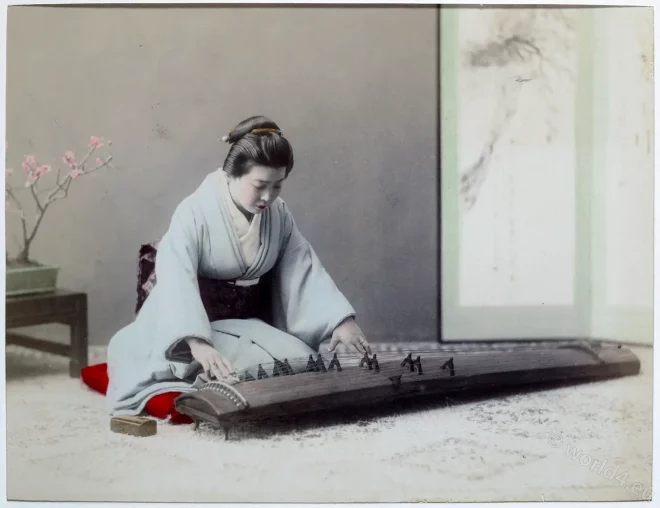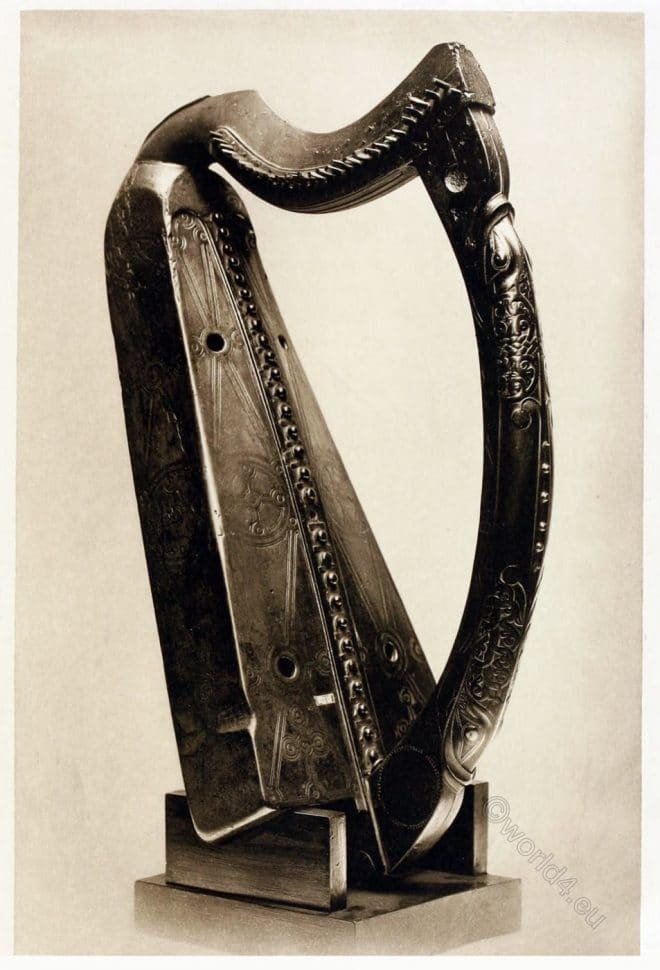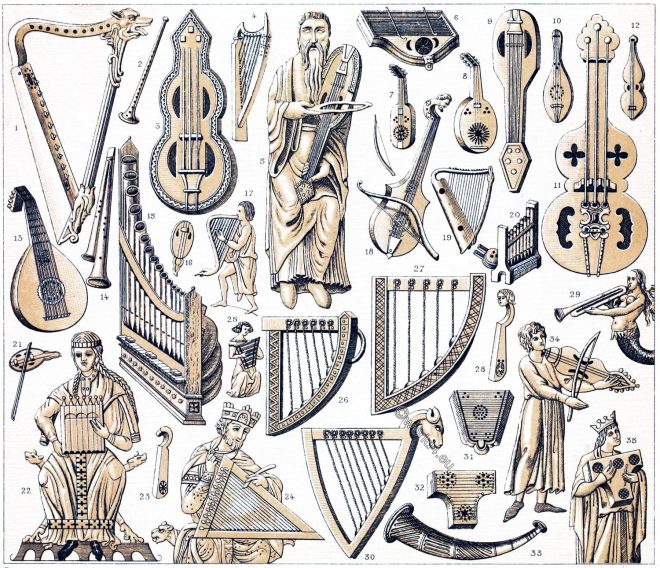Lucienne Bréval, an iconic soprano of French opera, was dazzling career in the 1890s with unforgettable performances
Tag: Musicians
A Koto player. Japanese musical instrument
The koto is the most important of Japanese musical instruments
L’Étude, dit aussi parfois Le Chant. J. H. Fragonard
The painting, called “The Study” before the subject was identified in 2011
Queen Mary’s harp or Lude Harp of the 15th century.
THIS venerable instrument, the least impaired Gaelic Harp existing, is known as Queen Mary’s Harp or Lude Harp and date back to the 15th century.
The Lamont Harp or Clàrsach Lumanach.
Highland Harp known as the the Lamont Harp or Clàrsach Lumanach.
Burgamote Horns of the Corporations of Canterbury and Dover.
BEAUTIFUL horns of hammered and embossed bronze belonging to the Corporations of Canterbury and Dover.
Musical instruments. Wind and Stringed instruments of ancient Rome.
Rome. Musical instruments. Wind instruments. Stringed instruments. Cymbals, Timpani and castanets.
A transverse Spinet made by Stephen Keene at the end of 17th century.
Stephen Keene (about 1640-1719) was an English instrument maker. He made harpsichords, spinets and virginals in his workshop in London.
Bagpipes. The Musette, Zampogna, Hurdy-gurdy and Cornemuse.
The Bagpipe (Cornemuse and Musette) and the hurdy- gurdy (Vielle) were, after the thirteenth century, banished to the lower orders, to the blind and to the wandering mendicant class.
Musical instruments of the Middle Ages from the 12th to the 16th century.
Medieval musical instruments. Stringed instruments. The harp, the psaltery, the rota, the lute, the mandora, the guitar, the zither and the citole.










